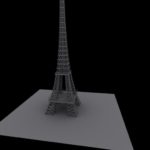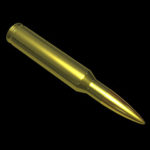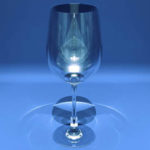In the tutorial we’re going to see there is shown a light effect on cinematic glass that uses reflection and refraction without anti-aliasing using Scanline rendering in 3ds Max, the process is the same in all versions so let’s get started. A very detailed and easy to follow lesson for those who already have a good knowledge of the program.
Related Posts
Create a 3D Alien Virus in 3ds Max tutorial
In the tutorial that we will follow is shown how to create a 3D modeling virus using simple texturing techniques within Autodesk 3ds Max. A very detailed and easy to…
Revealing City Buildings on a City Block in Cinema 4D
This video tutorial shows how to use Cloner Objects, Plain Effectors, Delay Effectors in Cinema 4D. He also demonstrates some modeling tricks to create an animation that reveals a ‘cascade’…
Combine a Crocodile and a Frog in Photoshop
One of the funniest exercises is to ‘create’ animal species with Photoshop. This lesson explains how to combine parts of a crocodile with a frog to make a super cute…
Making of Iron Cat in 3ds Max – Tutorial
The tutorial that we will follow describes the procedure for creating a feline in fibers or wire with 3ds Max. Basically this model comes from the use of a free…
Create Business Card in CorelDRAW
In this video tutorial we will see how to design a professional and elegant business card using vector graphics with CorelDRAW. A very useful exercise to understand how to set…
Model a Complete House in Autodesk 3ds Max
In this video tutorial we will see how to model a complete house in 3ds Max. We will start from the plan of the floors to be as faithful as…















